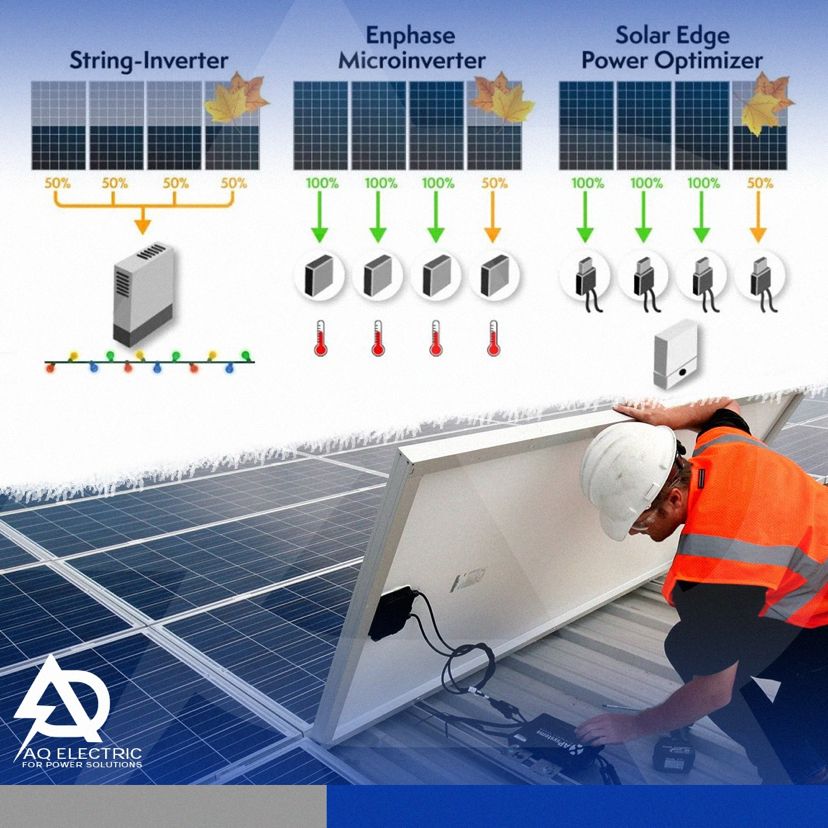Micro inverters have gained increased attention recently, although they have been around since the late 1990s. Initially, they faced reliability issues and high costs, but in recent years, they have made a comeback and are becoming popular. However, when considering their use in a photovoltaic (PV) plant, two main factors need to be considered: cost and efficiency.
Using micro inverters can enhance the efficiency of a PV plant, but it also comes with increased costs. These inverters are commonly employed in small-scale power plants, particularly when there is an expectation of mismatch losses or as a solution for rapid shutdown requirements.
The impact of micro inverters on PV plant operation is significant. They enable individual maximum power point tracking (MPPT), allowing for optimization of the entire system’s output by tuning the output of each panel or a pair of panels. This setup ensures that shading or manufacturing defects in a single panel or its components do not affect the overall output of the system. Additionally, troubleshooting output problems within the PV system becomes easier, as issues can be traced down to specific components performing poorly. Micro inverters are also less prone to overheating problems and require less wiring and installation space since they are attached to the backside of each panel and benefit from cooling shading provided by the panel.

